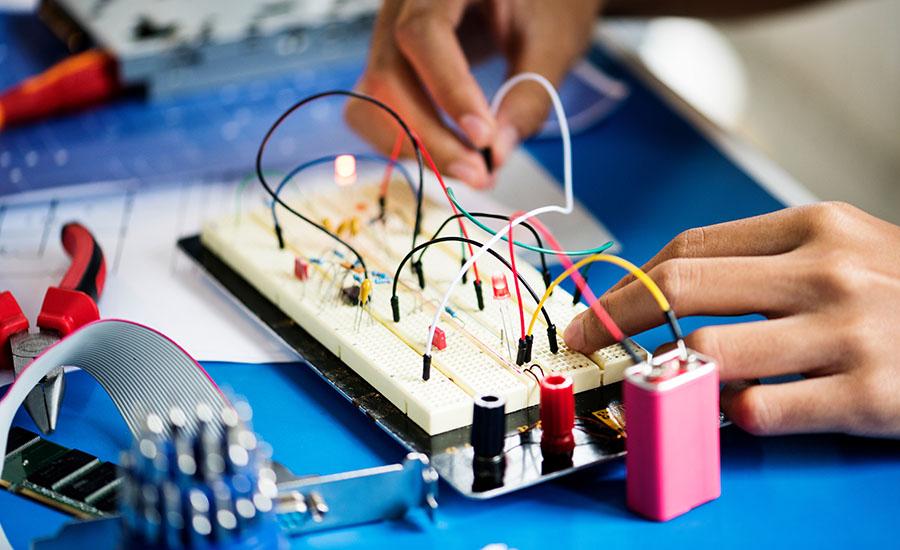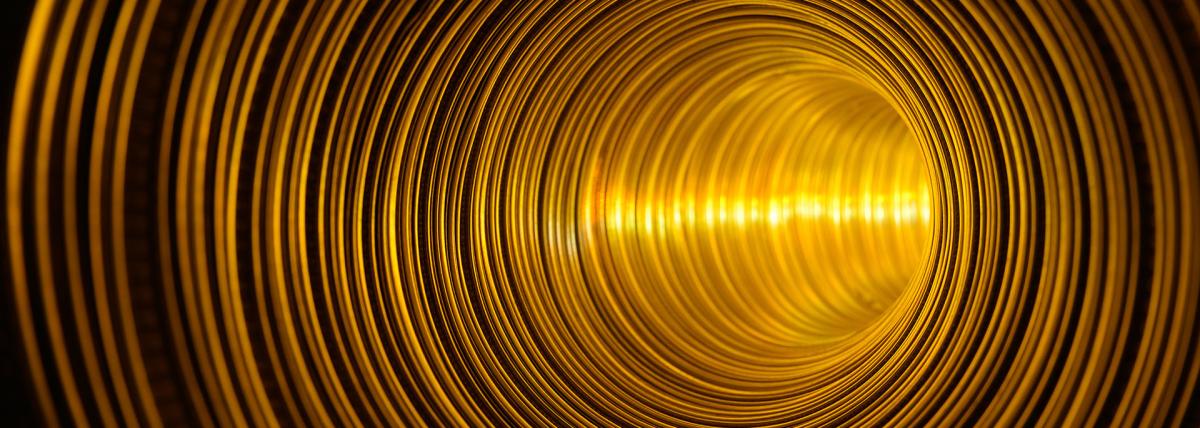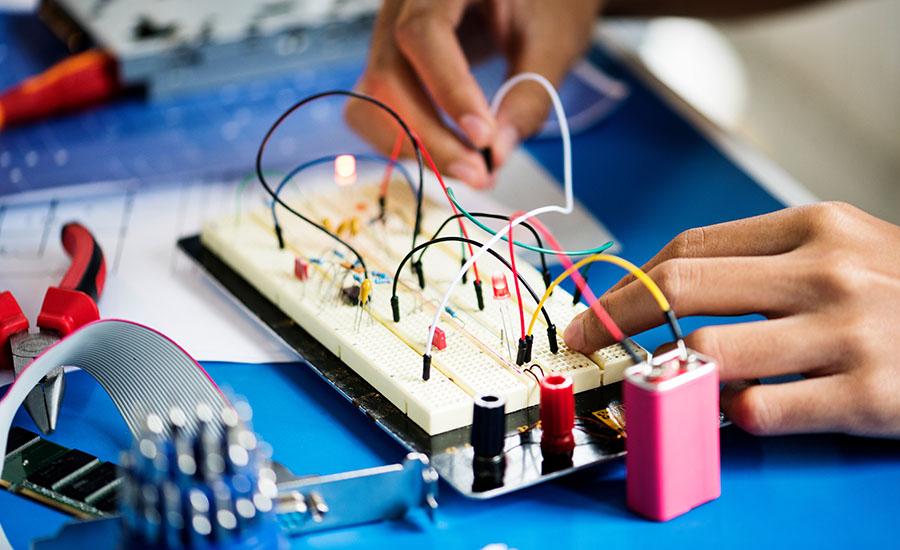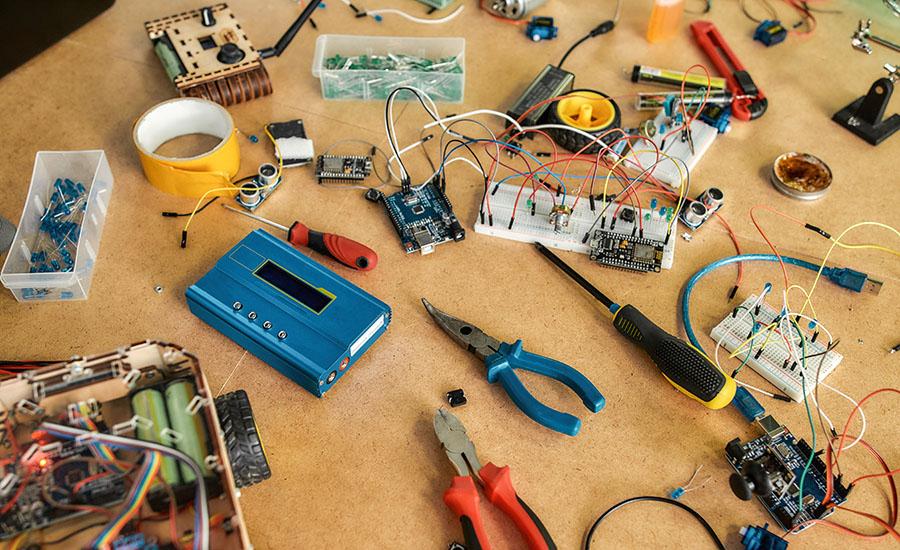
LED lights, circuits and electricity: Part 2 of 3 Squishy Circuits
Students will investigate how a simple circuit works through the use of Squishy Circuits. This is part 2 of a 3 part unit but can also be done as a stand alone activity. Students will draw and label models of their circuits when competed and discuss properties of a circuit with their peers.
Lesson Grade Level
4th GradeLesson Plan Link/URL
https://docs.google.com/presentation/d/1FSRQshf4ZJOnZQhYSTq_yFLecGb6z7Vj/edit?u…Subject Area
Science Physical Science P4: Energy Transfer Engineering S2: Apply the Engineering Design Process English Language Arts (ELA) Speaking & ListeningRelated Content

This plan was created by me and used in my afterschool STEM club in January. It tests building a soda can heater. The plan begins with the story, Snowy Day, and brings into focus the need for heat and

In this first part of a three part unit, students explore the phenomenon of an LED light and a coin battery. They will discover the difference between a closed and open circuit, using a STEM journal

In this lesson the students will apply the knowledge of thermal energy to design, build and test a container that keeps cold beverages cold.